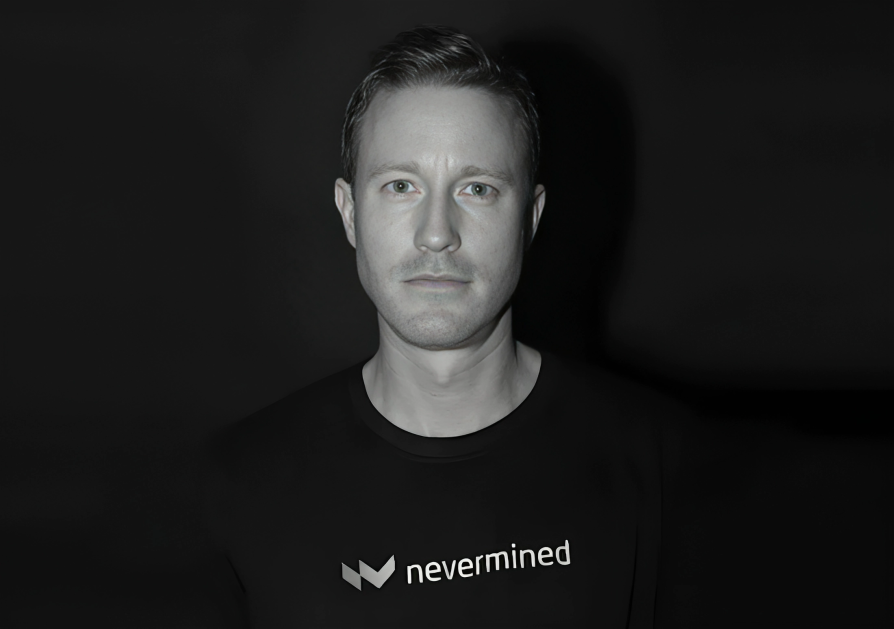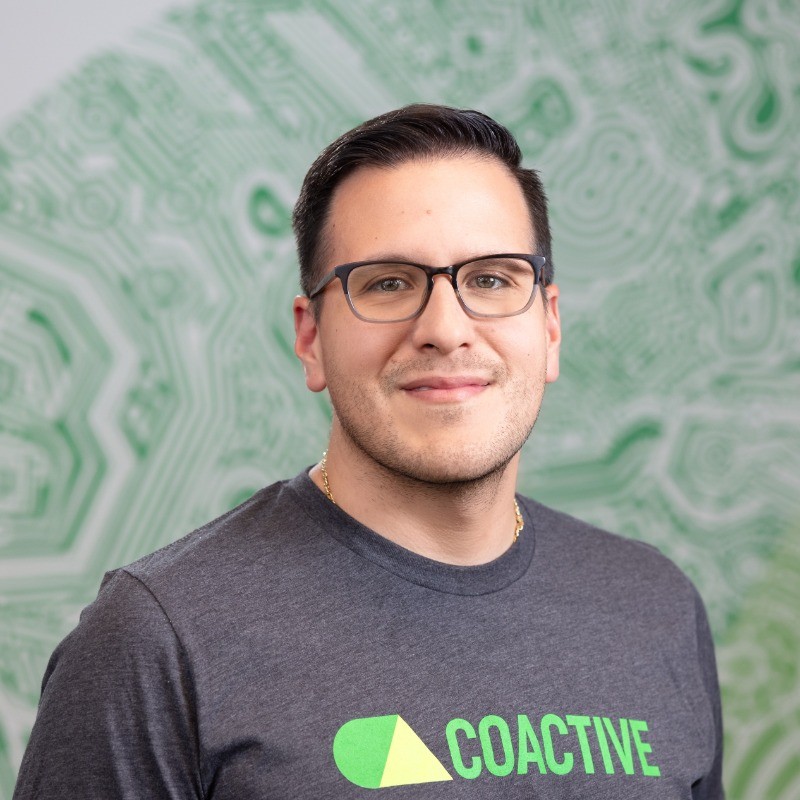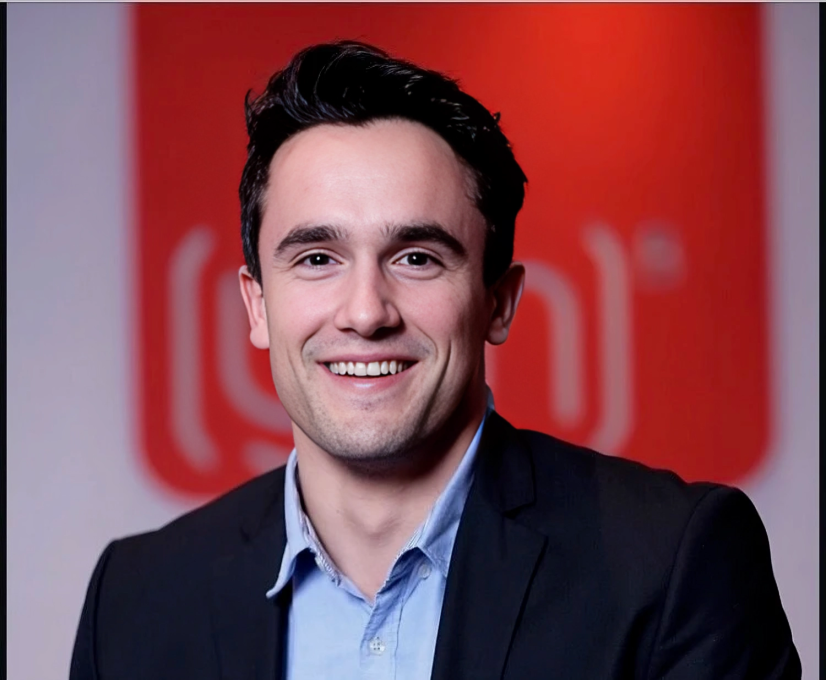Ready to build your own Founder-Led Growth engine? Book a Strategy Call
Frontlines.io | Where B2B Founders Talk GTM.
Strategic Communications Advisory For Visionary Founders
Actionable
Takeaways
Follow your instincts when you have deep domain expertise:
Sharma spent months "wandering the desert" looking for the right problem until voice agent QA clicked. He emphasizes that when you have a decade of relevant expertise, you can recognize the perfect problem when it appears. As he put it, "when you see it, you kind of know... I am perfectly equipped to solve this specific problem. I'm built for this." Founders should trust their instincts when they have genuine domain expertise rather than overthinking market validation.
Build something people want before focusing on category creation:
Unlike many founders who start with category creation in mind, Hamming AI "accidentally" created their category by obsessively solving customer problems. Sharma notes, "We weren't looking to create a category. We were just looking to solve a problem that we feel passionate about, that we are already experts at." This customer-first approach led to organic category emergence and sustainable demand.
Launch before you feel ready and build with customers:
Sharma's biggest learning was launching with a "half-baked" product rather than perfecting it in isolation. "We didn't have a product that we thought was incredible. We just thought, hey, it kind of works, but let's actually build the product together with customers." This approach accelerated learning cycles and created stronger product-market fit than months of internal development would have achieved.
Leverage contrarian insights from deep market proximity:
While others dismissed voice agent QA as "too small," Sharma's data science background and proximity to builders gave him conviction. He analyzed the fundamentals: "Voice is a universal API for people. Voice agents are just becoming possible. They will be unreliable. Therefore, testing is very important. That's the math." Founders should develop conviction through first-principles thinking rather than consensus market opinions.
Focus obsessively on customer success over marketing in emerging categories:
Hamming AI remains completely inbound-driven, focusing entirely on making existing customers successful rather than traditional marketing. Sharma explains, "The voice space is so small where if you are doing a good job and if you build a product that people love, they will tell their friends about it." In nascent categories, product excellence and word-of-mouth can be more effective than broad marketing campaigns.
Conversation
Highlights
How Hamming AI Accidentally Created a Category by Following Instincts Over Market Consensus
Most founders dream of creating a new category. Sumanyu Sharma, founder and CEO of Hamming AI, accomplished this by accident while everyone told him his market was too small to matter.
In a recent episode of Category Visionaries, Sumanyu shared how his team raised $3.8 million to build what became the first QA platform specifically designed for voice agents. The journey reveals how deep domain expertise, contrarian thinking, and customer obsession can accidentally birth entire categories.
Wandering the Desert
Hamming AI’s story begins with months of uncertainty. After leaving his role as senior staff data scientist at Tesla, where he spent years building reliability systems at scale, Sumanyu knew he wanted to solve reliability problems. The challenge was finding the right application.
“We were kind of wandering the desert and trying to solve the reliability problem in general, that doesn’t really work quite well when you have a vague idea of what you want, but not a precise problem to go after,” Sumanyu explains. “And so were this hammer looking for a nail, and we just didn’t find the right nail.”
The wandering lasted months. Without a precise problem to attack, the team struggled to gain traction or validate their approach. This phase taught Sumanyu a crucial lesson about startup building: having expertise isn’t enough without a specific problem to apply it to.
The Y Combinator Breakthrough
The breakthrough came through Y Combinator, where batchmates began approaching Hamming AI with a specific request. “We found the right nail after we got into YC and a bunch of our friends were asking us to build QA testing simulation platforms for them,” Sumanyu recalls.
The moment crystallized everything Sumanyu had learned over the previous decade. “I think when you see it, you kind of know, like, you know, when the problem just appears in your mind and you’re like, I am perfectly equipped to solve this specific problem. I’m built for this,” he says.
Voice agents were emerging as a technology, but they came with inherent reliability challenges. Companies building these agents had no systematic way to test them beyond manual phone calls. “The current state of the art is you call your agent up by hand and make sure that all the different conversational pathways are working,” Sumanyu explains. “And let’s say you make a change to the prompt or any part of your pipeline. How do you know that your system is still working?”
Betting Against Market Consensus
The market response to Hamming AI’s focus was skeptical. “A lot of people told us that this market is too small, it’s not going to work, or like, who cares?” Sumanyu remembers. The criticism centered on market size: voice agents weren’t mainstream enough to justify a dedicated QA platform.
Instead of following market consensus, Sumanyu relied on first-principles analysis. His data science background trained him to look at underlying patterns rather than surface-level opinions. “I just look at the data and I follow where this thing will go eventually,” he says.
The math was straightforward: “Voice is a universal API for people. Voice agents are just becoming possible. They will be unreliable. Therefore, testing is very important. That’s the math. It’s pretty simple when you think about it.”
This contrarian conviction required ignoring well-meaning advice. “I think as a founder, there’s a lot of advice you’ll get. A lot of people tell you, hey, this is a great idea. This is a bad idea. They’re not your customers. They’re just giving you advice. It doesn’t matter,” Sumanyu reflects.
Launching Before Ready
Rather than perfecting their product internally, Hamming AI chose a different path. “We didn’t have a product that we thought was incredible. We just thought, hey, it kind of works, but let’s actually build the product together with customers,” Sumanyu explains.
This decision to launch early contradicted conventional wisdom about product readiness. “I think you should launch before you feel like you’re ready,” he says. “We chose that approach instead of perfecting it for several more months before talking to customers.”
The early go-to-market strategy focused on Y Combinator relationships. “The early go to market was really working with our batchmates at YC and trying to make them successful,” Sumanyu recalls. This network provided initial validation and helped distinguish execution issues from demand problems.
Multiple Launch Strategy
Once they felt confident in their value proposition, Hamming AI executed multiple launches to maximize exposure. “We did several launches. We did a Y Combinator launch on Hacker News. We did a product hunt launch in general and a broader blog based launch,” Sumanyu details.
Each launch served a strategic purpose, exposing their logic and reasoning to different audiences. “Every launch allowed us to put ourselves out there kind of perfect or expose our logic, our reasoning, our approach,” he explains. “And every launch gave us positive feedback that hey, people actually care about this and this matters.”
Customer acquisition began immediately. “Some of our earliest customers have come from the earliest launches that we made. So you know, MIA is a customer of ours and they found us through one of our launches early on and they’re with us since then,” Sumanyu notes.
Building Inbound Demand
Today, Hamming AI operates with a completely inbound-driven model. “Since then we’ve been completely inbound, driven on our side where we just have a flood of demand of buyers and builders of voice agents in healthcare, legal, tech, financial services that need to QA their voice agents,” Sumanyu explains.
This inbound success stems from their customer success focus. “It’s all on customer success. I think we need to ship as fast as possible and make existing customers happy,” he says. The strategy mirrors consumer company growth: “The voice space is so small where if you are doing a good job and if you build a product that people love, they will tell you their friends about it and that will drive word of mouth growth.”
Marketing remains secondary. “Marketing is really secondary for us at the moment. We just care about the thing. The value we’re delivering has just to be so profound,” Sumanyu emphasizes.
Accidental Category Creation
The category emerged organically through customer interactions. “We ended up accidentally creating kind of a new category of queuing for conversational voice agents while just continuing to talk to customers, build product,” Sumanyu recalls.
This accidental creation contrasts with deliberate category-building strategies. “I think weren’t looking to create a category. I think were just looking to solve a problem that we feel passionate about, that we are already experts at to some extent,” he explains.
The key was combining existing expertise with emerging technology. “Voice agents are obviously new, but QA testing, evals, audio processing, those are things that were raw ingredients that we already had in our DNA and we just needed slight refinement of pointing that decade worth of expertise in a direction,” Sumanyu notes.
Looking Forward
Hamming AI’s vision extends beyond their current market. “I think our vision is to be the trust and safety layer for conversational voice. Whether it’s Siri, whether it’s Sonos, you know, whatever products and consumers or businesses are using, we want to play a small part in testing and validating and driving trust around those experiences,” Sumanyu shares.
The company expects to maintain inbound growth for approximately another year before needing outbound capabilities. “I think we’re probably fine for the next year with the current rate of growth or the current rate of progress you’re making. I do think beyond a year the space will start to become noisy, there’s going to be more competitors,” Sumanyu predicts.
Hamming AI’s journey demonstrates how category creation often happens accidentally when founders combine deep expertise with emerging technology needs. By following data over consensus and building alongside customers, they created a market that skeptics claimed was too small to matter. Sometimes the best categories aren’t planned—they’re discovered through relentless focus on solving real problems.











































































































